IRIS GST TIMES
July ,2020
Issue 1
This issue
Expected Changes in GST: 2020 P.1
New E-invoicing Updates P.2
Feature Highlight: IRIS Onyx P.3
August Compliance Calendar P.4
Chief Editor
Vaishali Dedhia
July is over and August 2020, the month of independence is here already. As the country is waiting eagerly for the COVID-19 vaccine, businesses are trying to get back the grip on their ventures. People have accepted the new normal and are looking forward in hopes for a better tomorrow.
In this issue, we’ll be covering the upcoming changes in the GST Returns, New updates in the E-invoicing mandate, Our feature highlight is IRIS Onyx, we also talk about NIL GSTR 1 via SMS, Generating Eway Bill if your goods get rejected and about the new GST Refund Forms. Lastly, we also share the Compliance Calendar for the month of August for you!
Regards,
Team IRIS GST
Steps to file NIL GSTR-1 via SMS!
To ease the compliance process, CBIC via notification 58/2020 – Central Tax has now allowed filing Nil GSTR 1 via SMS.With this SMS filing facility, it will become very convenient for them to carry out the process and stay compliant.
Step 1: The taxpayer needs to send an SMS to 14409 to receive a verification code.
Message Body: NIL Return Type GSTIN Return Period from their registered mobile number.
Note: The verification code is valid for 30 minutes. It can be used only once.
Step 2: After receiving the verification code, the taxpayer again needs to send an SMS on the same number i.e. 14409 to confirm the filing.
Message Body: CNF Return Type Verification Code
Step 3: Once the Verification Code is validated, the taxpayer will receive their ARN by the GST Portal on the same registered mobile number and on their registered e-mail ID to intimate successful NIL filing of Form GSTR 1.
To read the full article with examples and screenshots, please read: GSTR1 via SMS
How to generate an E-way Bill if the goods are rejected by the recipient?
CASE I: The goods are in the warehouse of the transporter and are rejected by the recipient event before receiving them. Here, the goods will have to be transported back to the supplier’s godown.
- Scenario A): If the transporter is generating the e-way bill in case of sale resturn from his location till the supplier’s location then he can mention URP as GSTIN of the supplier and the dispatch address will be his own godown location.
- Scenario B): If the supplier is generating the e-way bill in case of ‘sales resturn’ from transporter’s location to his own location, then he can mention either transporter’s GSTIN or URP in the supplier GSTIN column and the ‘dispatch address’ will be of transporter’s location.
Case II: The goods have reached the recipient and then they get rejected due to say some damage or ‘faulty products received’ or some ‘other consignment is received’ mistakenly. In this case, the goods again have to be transported back to the supplier.
- Now, if the supplier is generating the e-way bill from the recipient’s location to his own location so in this case, need to mention Supplier GSTIN and address of the buyer.
To read the full article with detailed explanation & screenshots, click here!
GST Refund Forms:
Form GST RFD-04 – Provisional Refund Order
Form GST RFD-05 – Payment Advice
Form GST RFD-06 – Final Refund Order
GST Collection Update:
The GST Collection for the month of June has seen a rise as compared to April and May. As per the government data, the GST gross revenues for June was Rs 90,917 crore. For April it was Rs 32,294 crore and Rs 62,009 crore for May. However, The June collection has seen a decline of 9 per cent compared to the same month last year due to the lockdown situation. The GST collection figures for July are awaited.
CONTACT US
Have feedback for us?
Want to request for our product demos? Please reach out to us at
+91 22 6723 1000
support@irisgst.com
@IRISGST
New return system to be scrapped
The New Return System is likely to be scrapped as per a recent announcement in one of the ASSOCHAM Webinar.
In the recently held 39th GST Council Meeting, the New Returns were further postponed to 1st October 2020. However, in this webinar, it was announced that the GST Policy Wing is working on refining the current system itself in place of introducing a completely new system.
Here is a list of changes expected:
GSTR 1:
- Delinking of Invoice and Credit and Debit Notes: Once implemented on you would no longer need to provide invoice number as a reference in every debit or credit note.
- Additional data fields for CDN:
- Place of Supply
- Reverse Charge
- Invoice type (B2B, DE, SEWP, B2CL etc.)
- Modification in GSTR 1: Any modifications/update/change in GSTR-1 will be added along with their original invoices to avoid double accounting entries.
- Adding of Month to Amended Invoices: Status of ‘amendment in the invoice’ will be reflected along with the month.
GSTR 2A:
- Delinking of Invoice and Debit and Credit Notes:This will mean with delinking in GSTR1, when purchase invoices are populated in your GSTR2A there will no longer be one to one (or many) mapping between debit or credit notes and invoice. Hence reconciliation by netting off credit notes against an invoice will not be possible.
- Expanded to include Import transactions details: Covers import transactions under bill of entry, from overseas as well as SEZ. This will include ITC auto-population from ICEGATE portal (for IGST paid at the time of Imports). Availability of import details will help to compute ITC claim while filing of 3B.
- Additional Info in GSTR 2A: Details in the blog.
GSTR 2B:
- A static statement generated monthly
- Document-level – ITC Available and Unavailable
- ITC Summarization aligned with GSTR 3B
- Instant Download of PDF and Excel
- Advance search to view documents beyond 1000 records
GSTR 3B:
- Auto-population from GSTR1
- Linking GSTR-2A/2B and ICEGATE data with GSTR-3B
- PDF Mail of filed GSTR-3B.
E-invoicing
New E-invoicing Update Released- Notification 60/61
As per the notification 60/2020 released on 30th July 2020, new version – Version 1.1 of E-Invoice Schema is released.
Notification 61/2020 was also introduced which suggests following changes:
- E-invoicing will be mandatory from 1st Oct 2020 for 500 CR and above turnover companies. For 100 to 500 crores it will not be applicable from 1st Oct 2020.
- E-Invoicing is not applicable to SEZ suppliers
Following are the changes in the new schema:
New Fields added
- IGST Applicability despite Supplier and Recipient located in same State/UT
- Export Duty Amount : Optional (Amount of Export Duty in INR, if any, applicable (in case of invoices for export)
- Invoice Level Discount Amount – Optional
- Other Charges (Invoice Level) – Optional
Changes in Specifications (Some examples)
- Supplier/Recipient State Name in API changed to Supplier/Recipient state code
- Ship To Legal and Trade Name : changed from String (Max length: 60) to String (Max length: 100)
There are many such changes where maximum length is changed.
Changes in Mandatory/Optional Fields:
- Recipient State Code – Optional to Mandatory
- TransMode – Mandatory to Optional
Apart from the above mentioned changes, there may be validation changes also that can be expected
In light of above developments, there are 2 areas that your organization needs to prepare for:
- Be production ready for e-invoicing in the next 2 months.
- Integrate your internal systems to handle all compliance requirements viz. E-invoicing, E-way bill and GST returns filing seamlessly with minimal disruption to existing processes.
Now, the clock is ticking for taxpayers with turnover above ₹500 cr. for FY 2019-20.
And the taxpayers must put their processes and systems in place for generating Invoice Reference Number (IRN) to transform a normal invoice into a valid e-invoice.
Since some time, Government has made available test portal for taxpayers to test during the voluntary trial run up until Oct 2020.
A quick recap, under the e-invoicing mandate taxpayers above a certain threshold limit of turnover, need to get their B2B invoices registered with Government portal i.e. the Invoice Registration Portal (IRP).
On successful registration a unique IRN will be issued along with a digitally-signed QR code containing select details of the invoice and the full invoice data digitally signed by the Government.
Updates and revisions to the E-invoice standard and API specifications, being one of the main concern areas., rework and at times, revisiting the approach becomes necessary to incorporate the changes in schema.
FEATURE HIGHLIGHT
IRIS Onyx
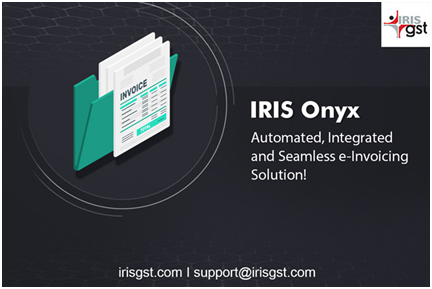
IRIS Onyx is an advanced E-invoicing solution that can integrate with your billing systems in multiple ways and help you generate IRN seamlessly without disrupting your current business processes.
Now that the mandate is compulsory for businesses with turnover INR 500 Cr. or more, it is important for companies to be ready for the changes that will be implemented.
Even if your business has problems like different billing and accounting systems in different offices, have different volumes and frequencies of invoice generation, your business deals with old ERP system which is difficult to integrate, your team is facing lack of integral IT skill sets to adopt quicklyor have long distance management process etc. IRIS Onyx can help!
Onyx – our E-invoicing solution has multiple options for Integration. It is a complete tool for a seamless e-invoicing process.
- Data APIs – Send one invoice to IRIS Onyx at a time and get real time response.
- Push File to SFTP – Push file and get IRN either through portal or file response.
- Upload File APIs – Send CSV file containing one or multiple invoices through APIs.
- Manual Upload – Use Onyx to upload the CSV file and generate IRN.
IRIS Onyx can also help you with:
- Bulk upload
- Advance Validations
- Invoice Template
- Custom Filters
- Invoice Archiving
- Billing Module
- Organizational hierarchy
- Custom Views and so on
Disclaimer: IRIS Business Services has taken due care and caution in compilation of data. Information has been obtained by IRIS from sources which it considers reliable. However, IRIS does not guarantee the accuracy, adequacy or completeness of any information and is not responsible for any errors or omissions or for the results obtained from the use of such information. IRIS especially states that it has no financial liability whatsoever to any user on account of the use of information provided.
UPDATES
August Compliance Calendar
August, the month of independence, the month of festivals!
The world is moving ahead amidst the pandemic and India, along with the entire world is eyeing for the COVID-19 vaccine which can help the world heal. Until then, businesses and the citizens have to bear the brunt of the current situation be it of the health-care or of the economy. Amidst the pandemic, IRIS GST has been updating our readers about all the latest happenings and upgrades in the GST law via latest circulars and notifications.
To read the detailed August Compliance Calendar blog with added information, please visit –August Compliance Calendar Blog 2020.
Disclaimer: IRIS Business Services has taken due care and caution in compilation of data. Information has been obtained by IRIS from sources which it considers reliable. However, IRIS does not guarantee the accuracy, adequacy or completeness of any information and is not responsible for any errors or omissions or for the results obtained from the use of such information. IRIS especially states that it has no financial liability whatsoever to any user on account of the use of information provided.
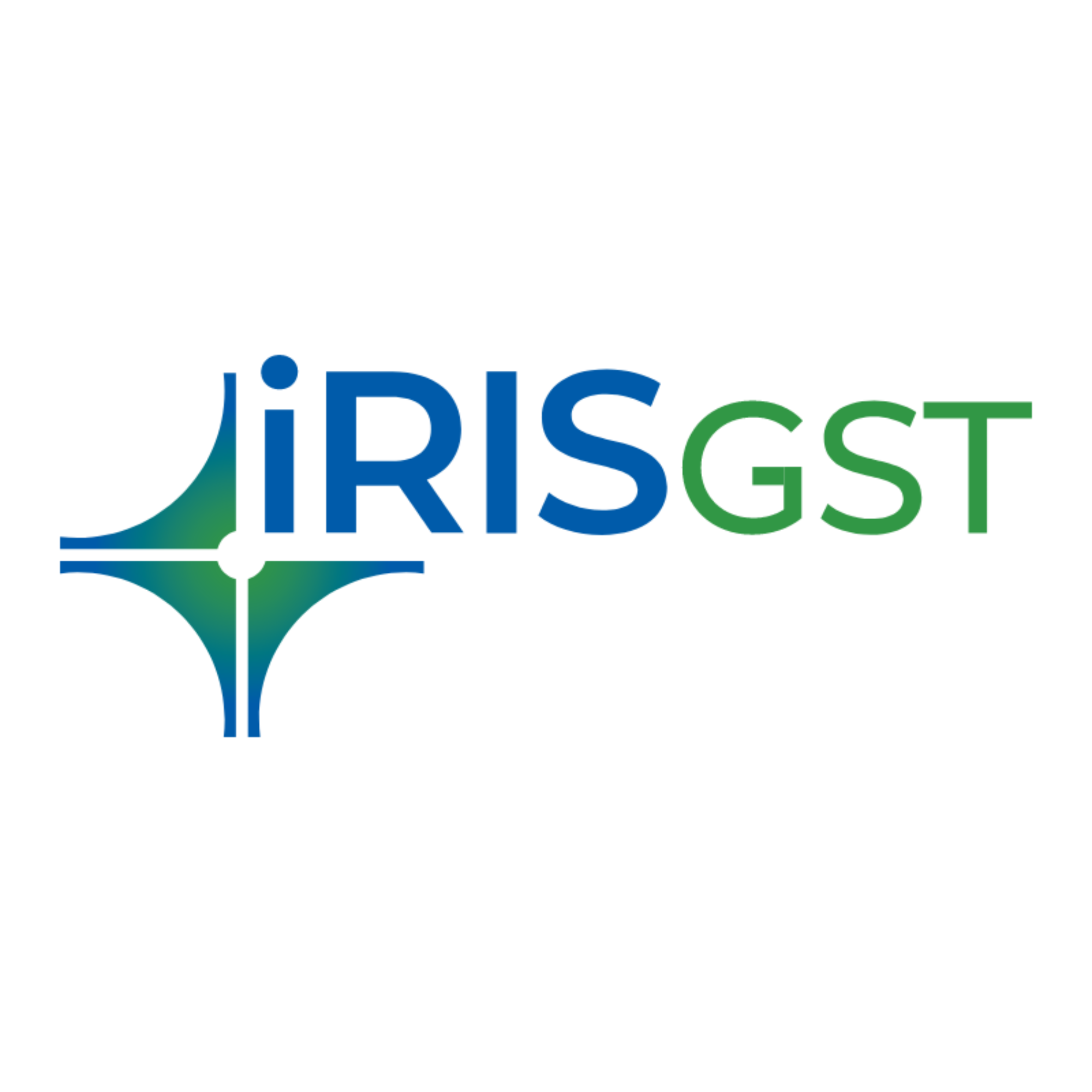
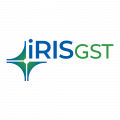
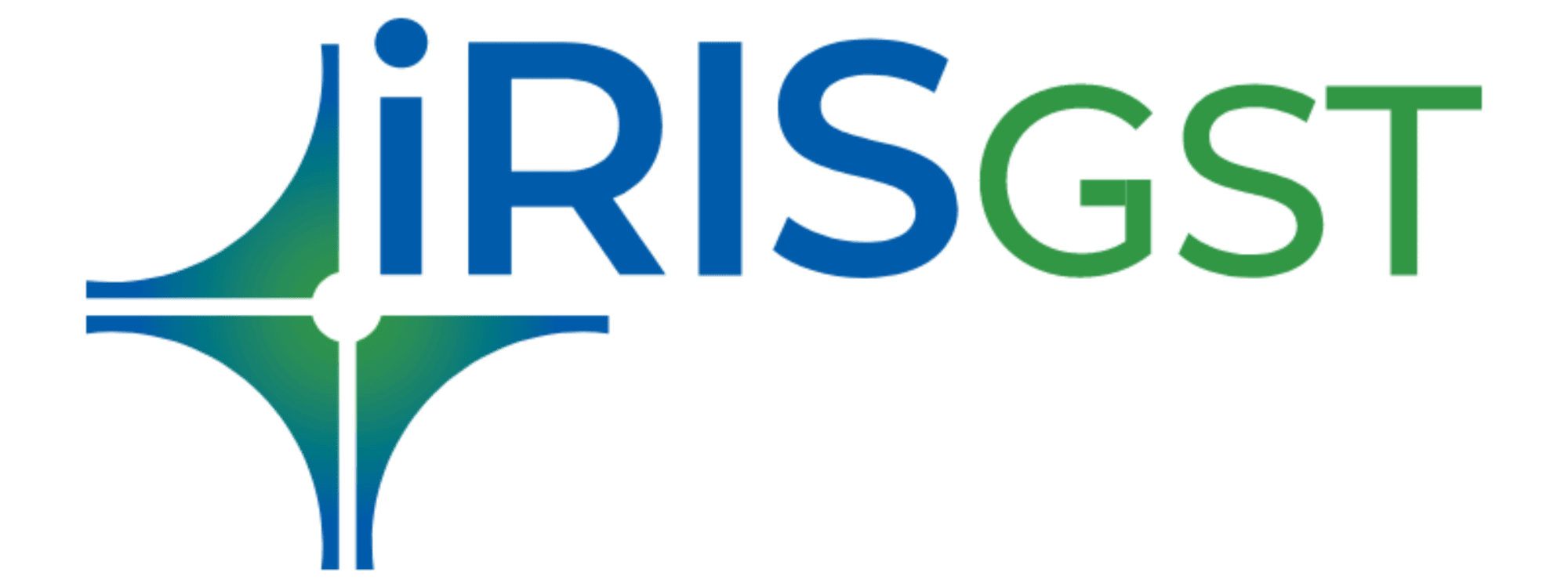


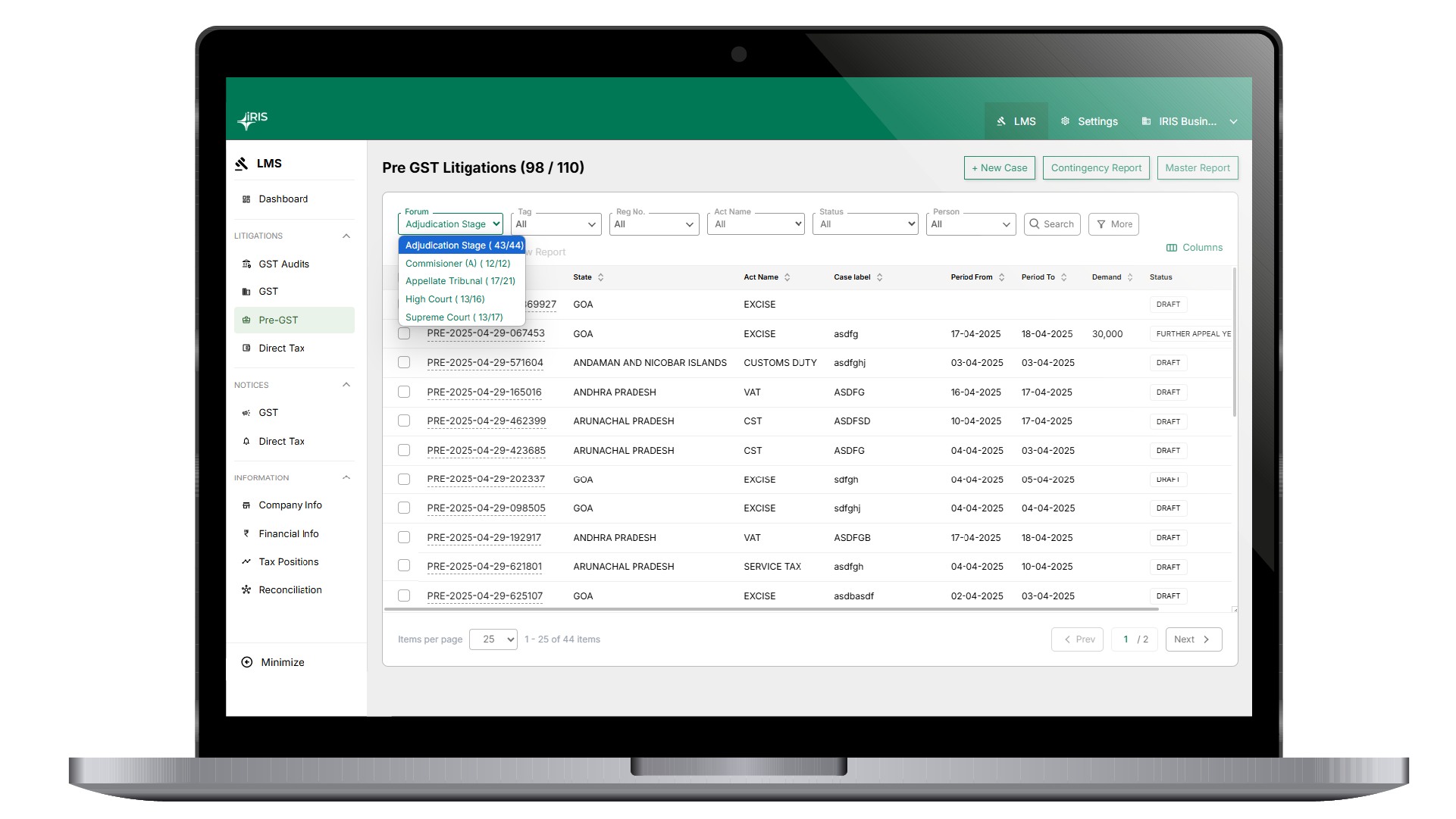
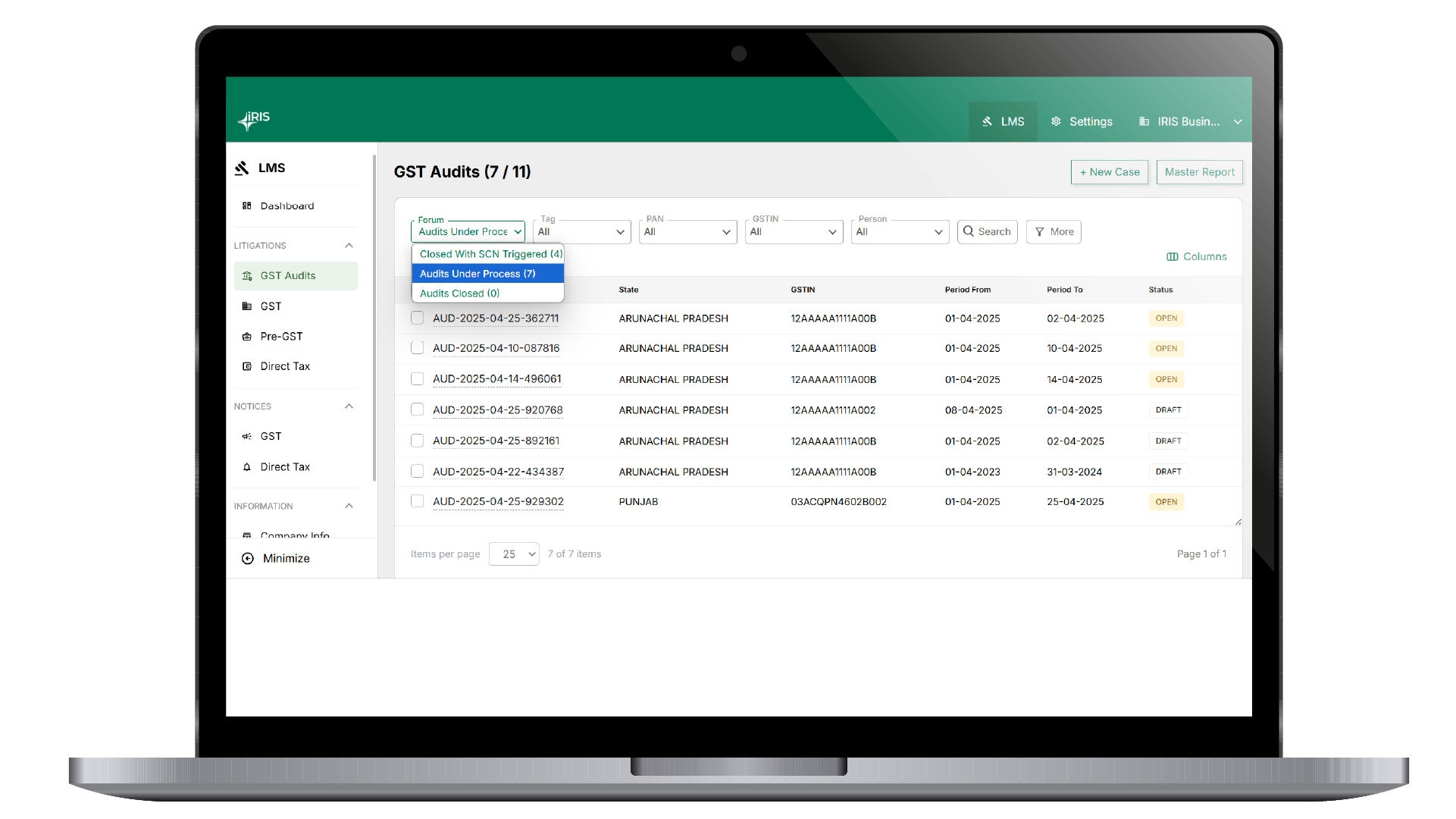

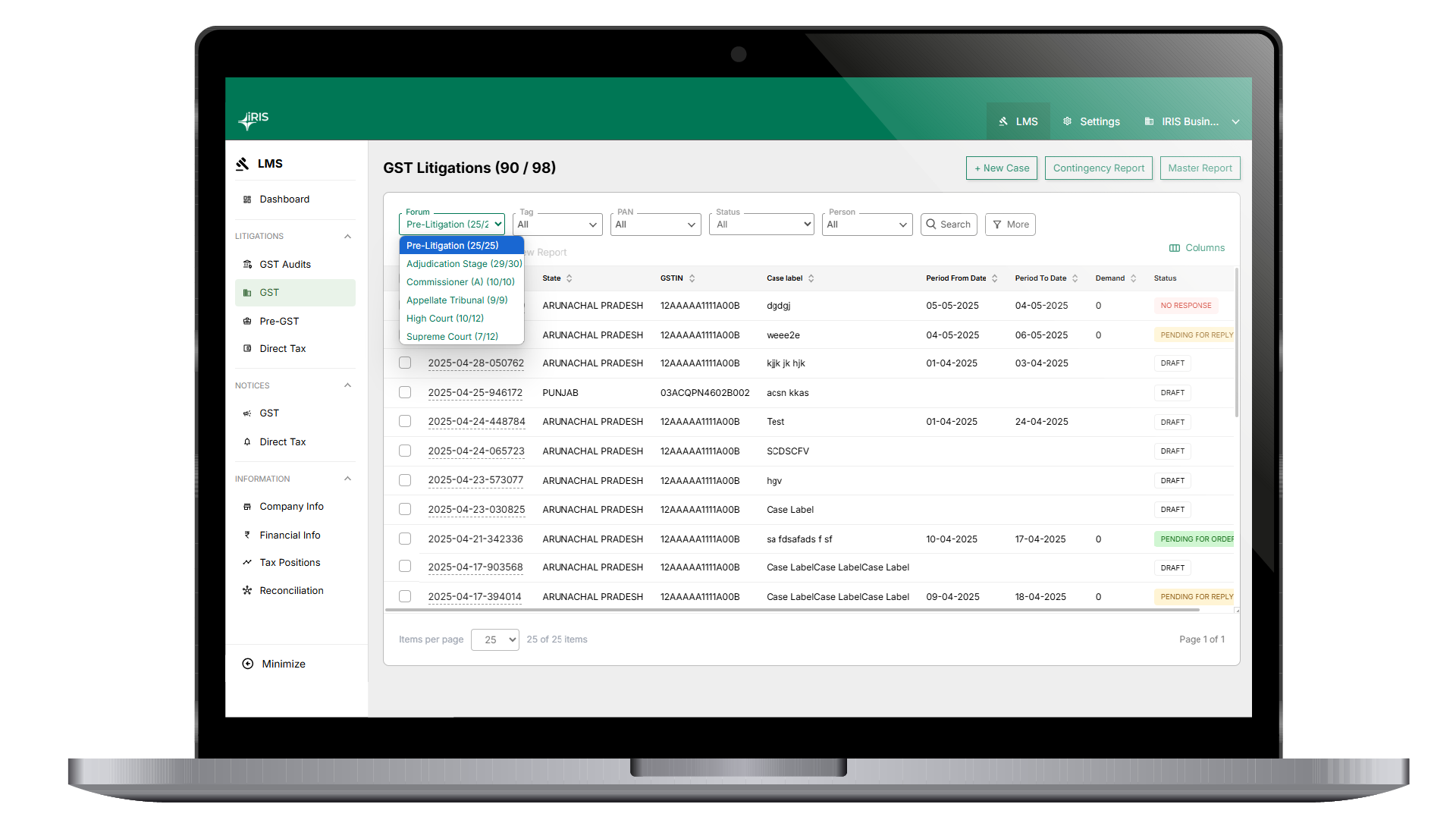















































































































































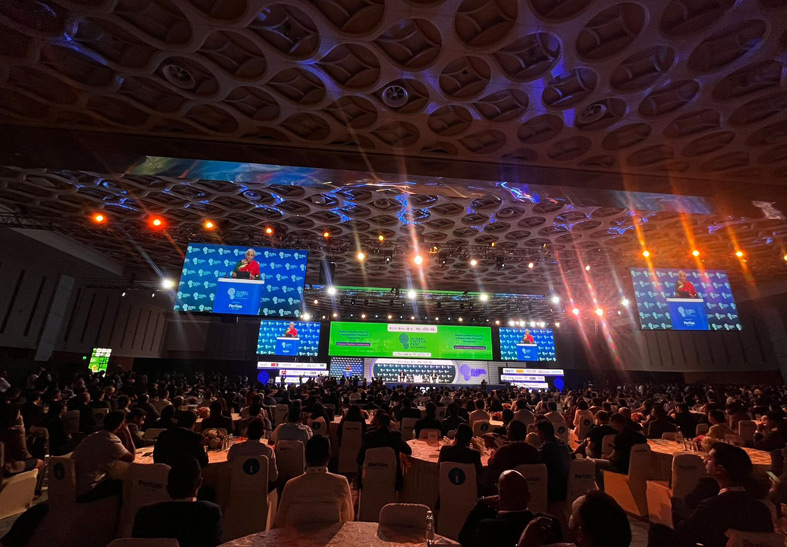
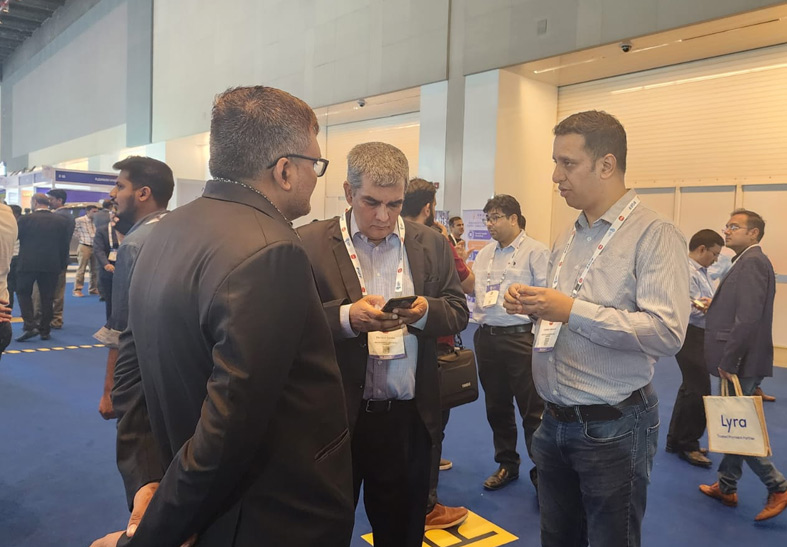

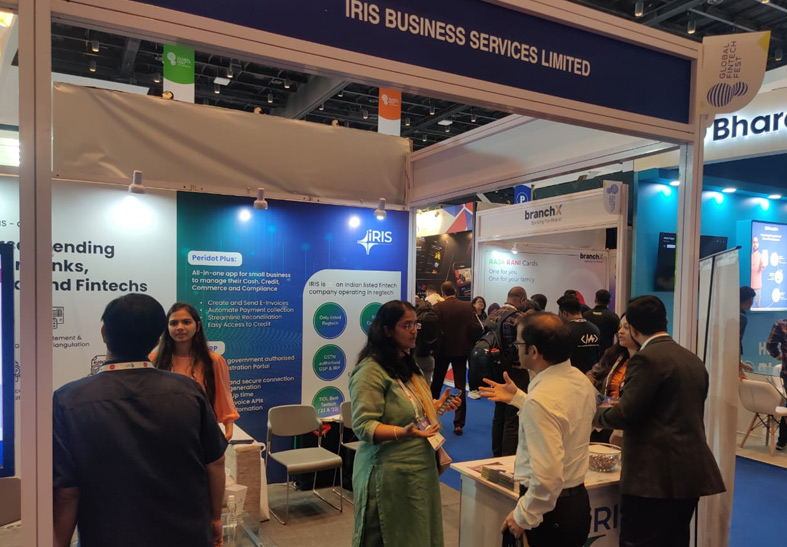

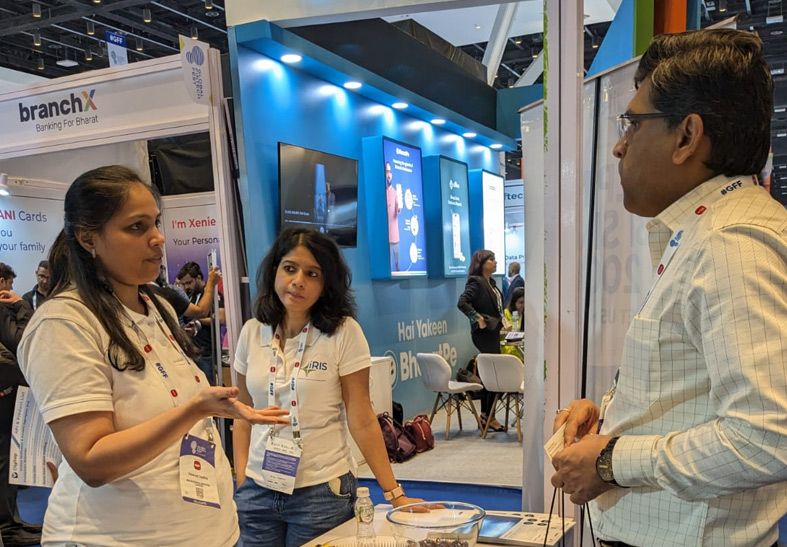
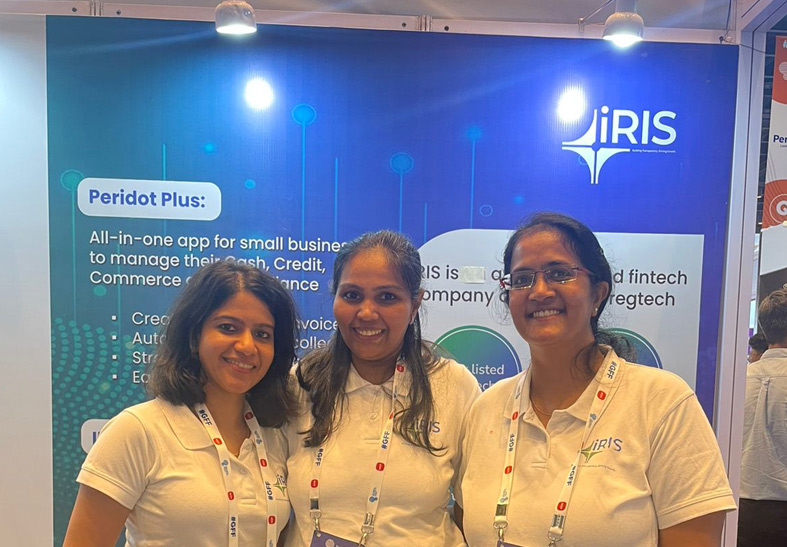
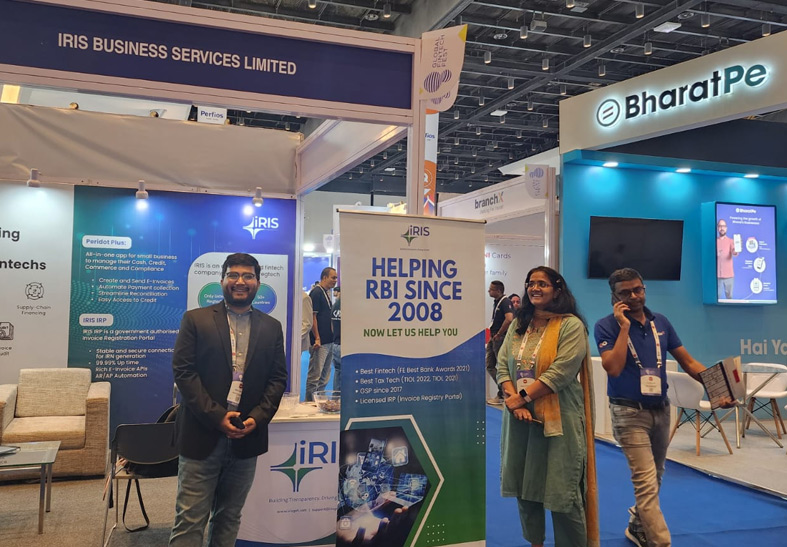















































































Leave a comment